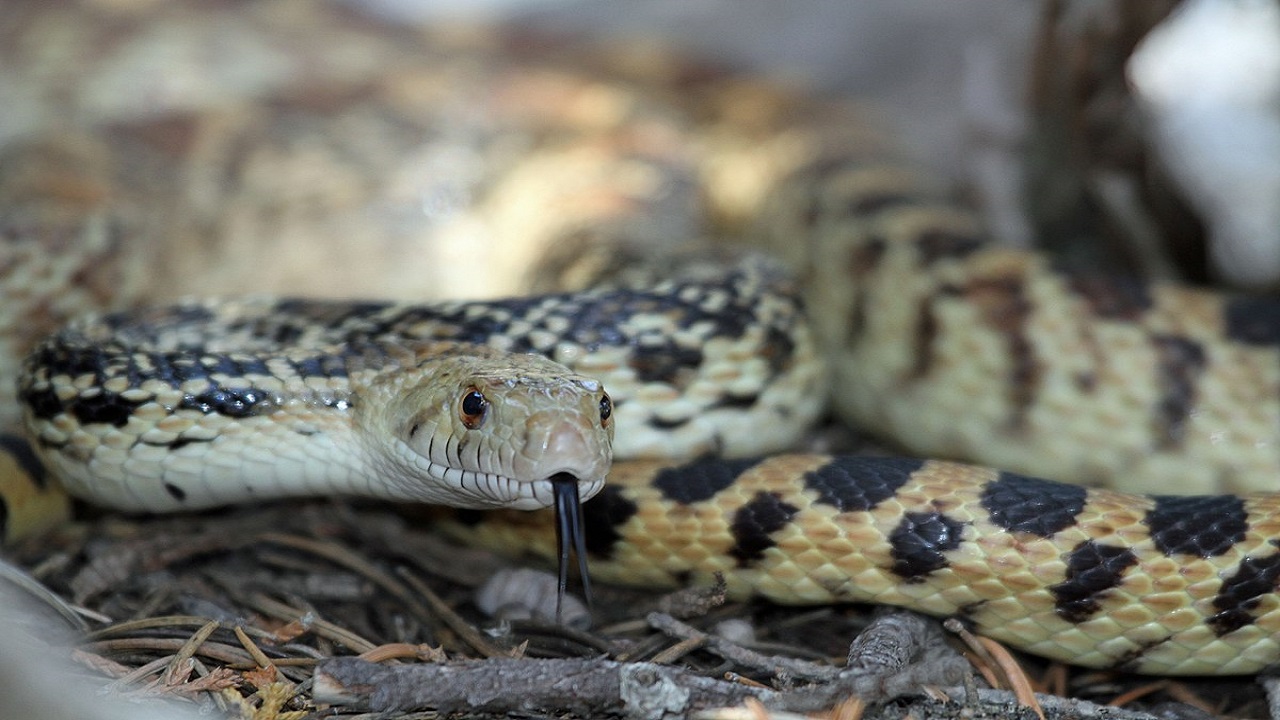Introduction:
Pituophis catenifer, the scientific name for the interesting reptile known as the gopher snake, found throughout North America. These snakes, which are distinguished by their large size, distinctive patterns, and non-venomous status, are important for preserving ecological harmony in their respective ecosystems. The geographic range of gopher snakes will be examined in this article, along with some of the varied habitats they inhabit.
Northern America:
In North America, where they can found in a variety of habitats, gopher snakes are most common. Their habitat spans areas in the southwest of Canada, the entire United States, and even parts of Mexico. Gopher snakes have adapted to many climates and ecosystems within this range, demonstrating their resiliency and adaptability.
United States west:
The western parts of the United States have a particularly high density of gopher snakes. These snakes thrive in a range of settings from California to Washington, Oregon to Nevada, and as far east as Idaho. They are common in grasslands, deserts, scrublands, woods, and even higher altitudes of mountains.
United States southwest:
Gopher snakes can found in the arid and semi-arid areas of the southwest of the United States. States like Arizona, New Mexico, and portions of Texas offer the necessary circumstances for their survival. Here, gopher snakes frequently seen in rocky outcrops, desert regions, and the periphery of populated areas.
Mexico:
Specifically the northern states of Mexico, gopher snake distribution extends there. Sonora, Chihuahua, Coahuila, Baja California, and other states fall under this category. These areas offer a mix of grassland and desert ecosystems, which give these reptiles with a variety of prey items and a comfortable place to live.
The Coastal Zone:
Additionally, coastal areas around the Pacific coast are home to gopher snakes. These snakes may found in dunes, coastal scrub, and surrounding grasslands from California to British Columbia. They are crucial to maintaining rodent numbers in check and maintaining the delicate ecosystems’ overall ecological balance.
